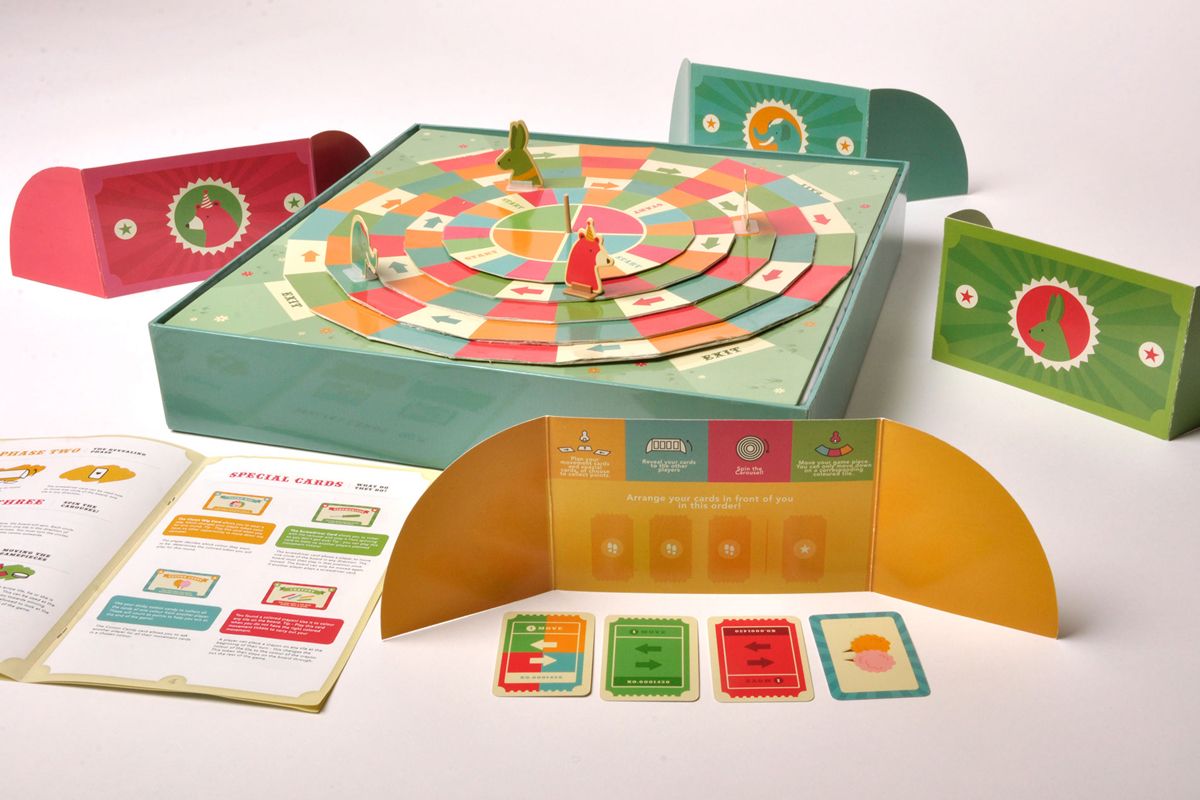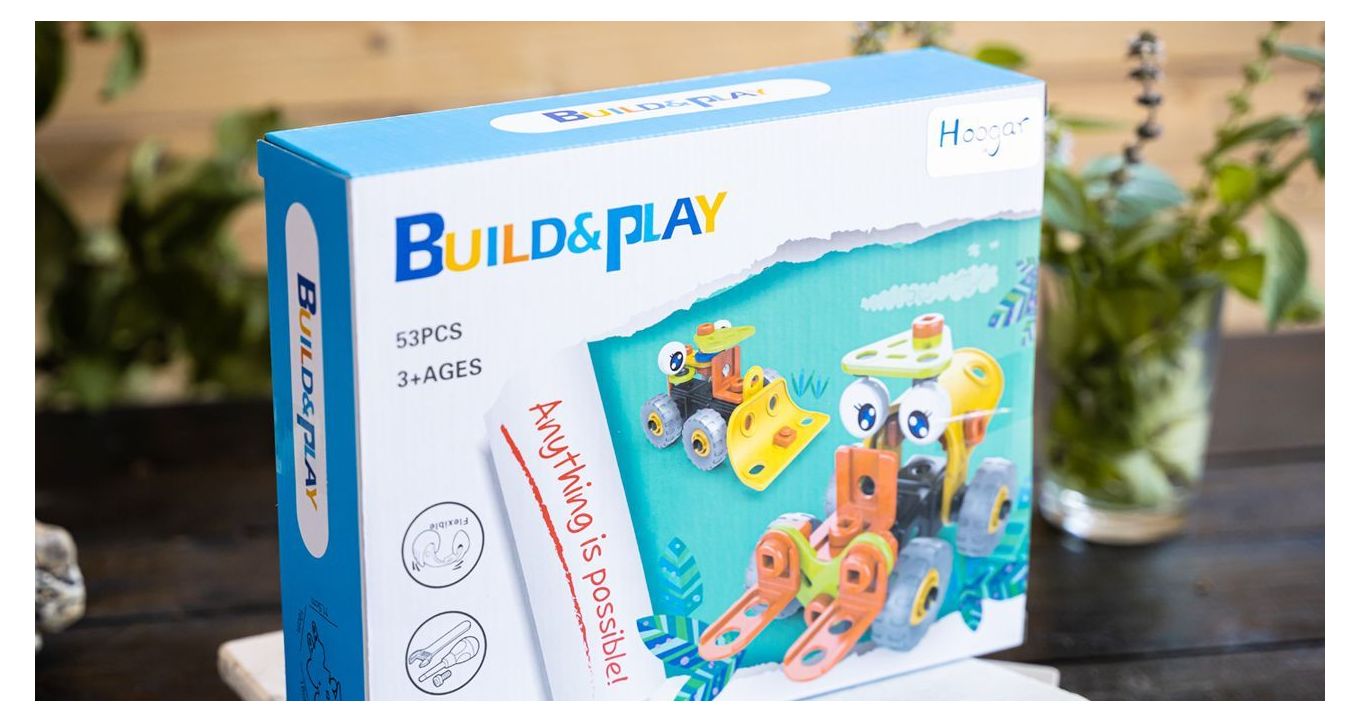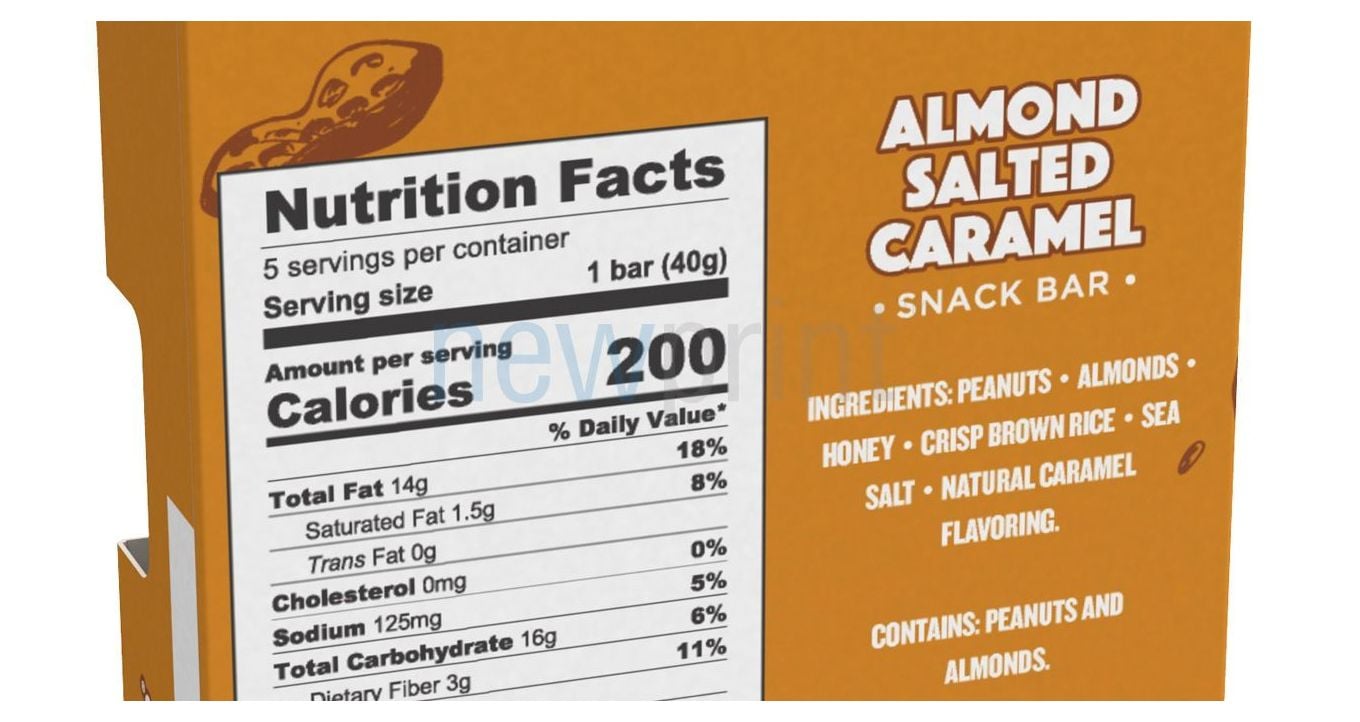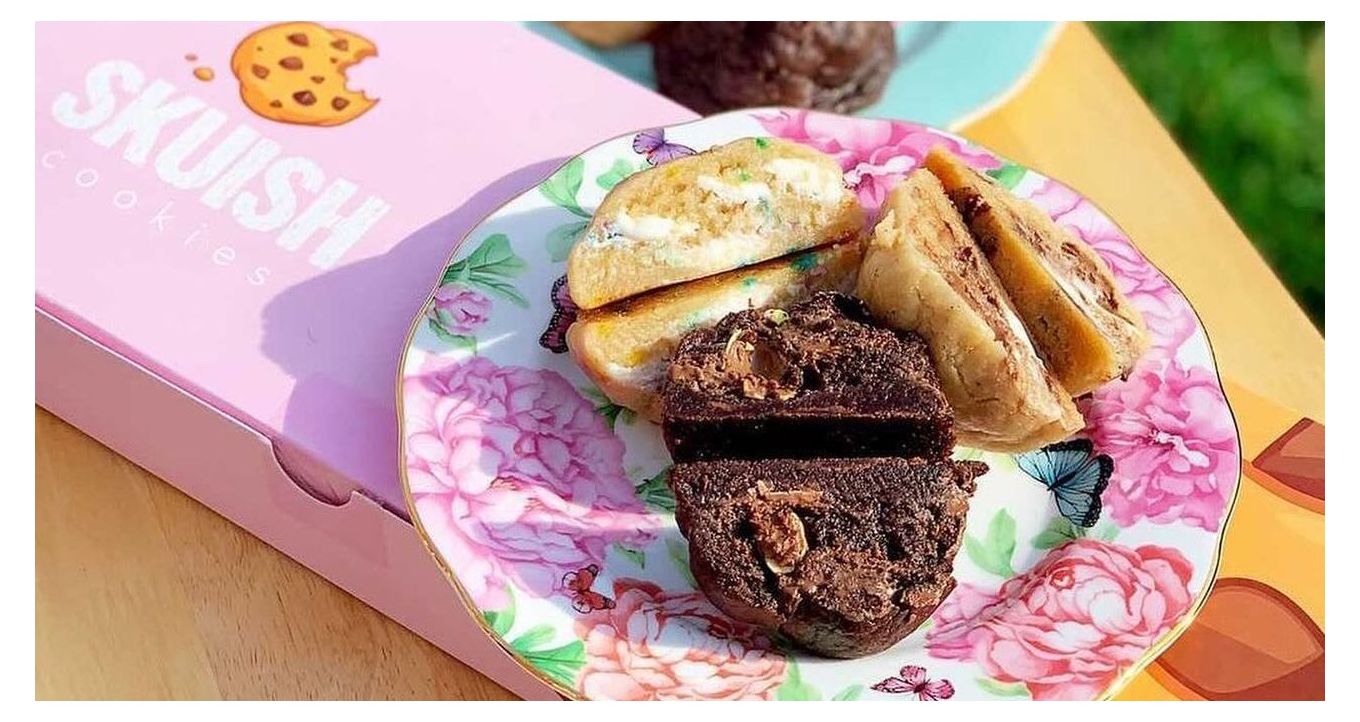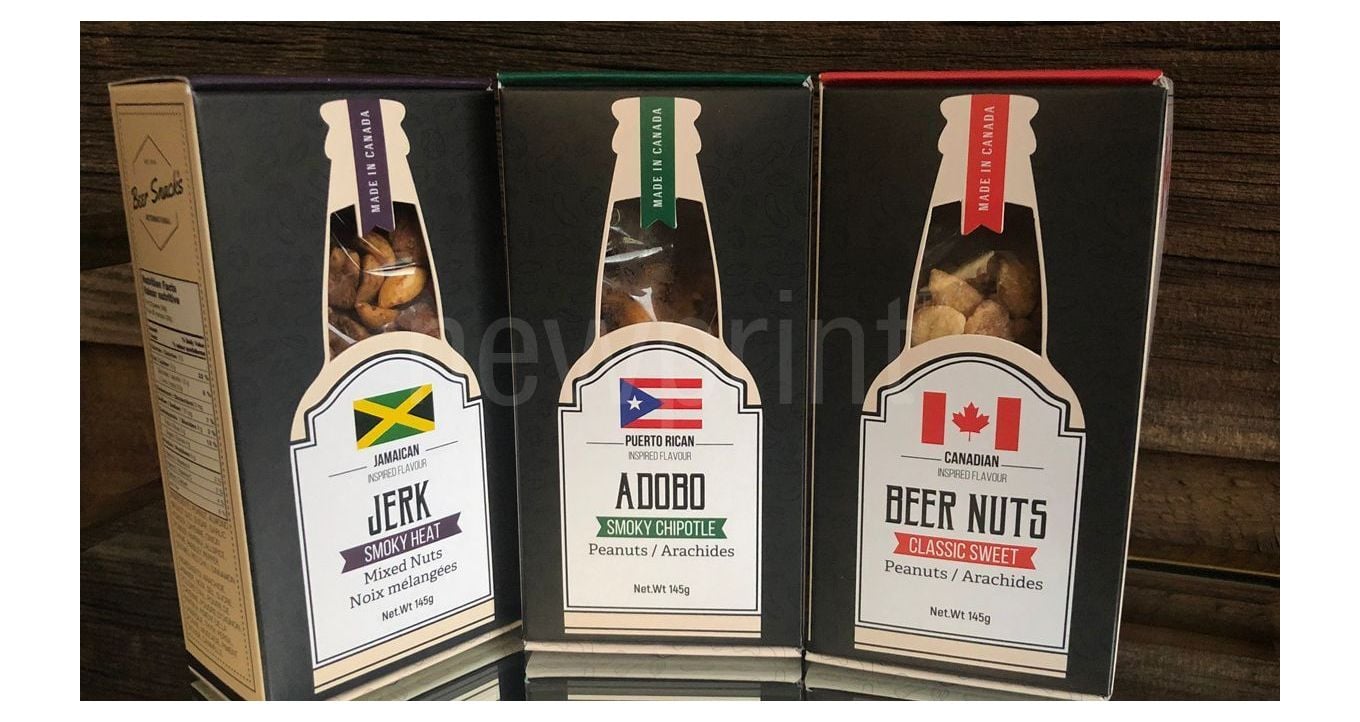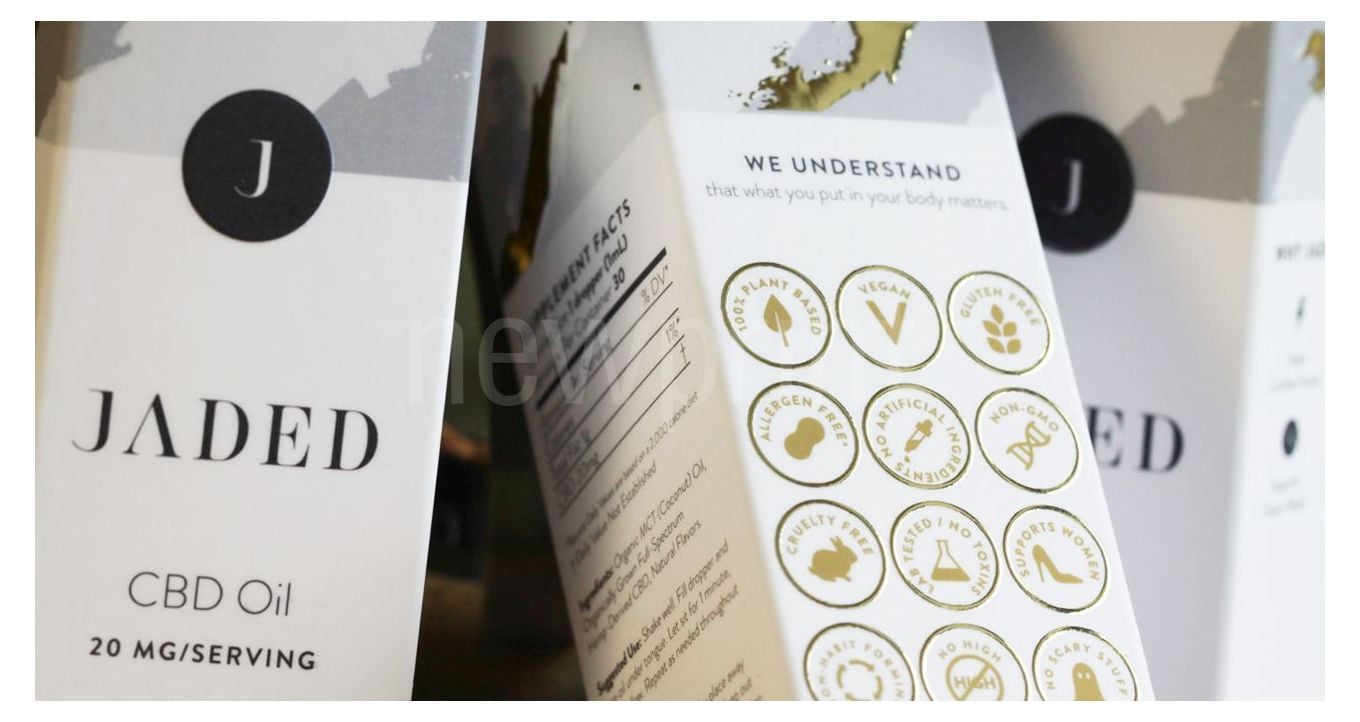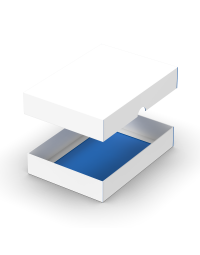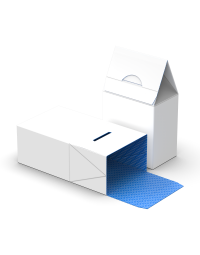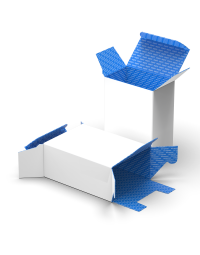Do you know how to create the best toy packaging design? Our tips and tricks will help you achieve that goal, by following simple guidelines.
We are all aware that packaging is a vital part of our branding. Visual elements of our product packaging design are crucial in forming a connection with our customers. This is true for any kind of product. There are general guidelines that can help you when designing any product packaging.
But, when it comes to creating the best toy packaging design, there are some additional elements you need to consider.
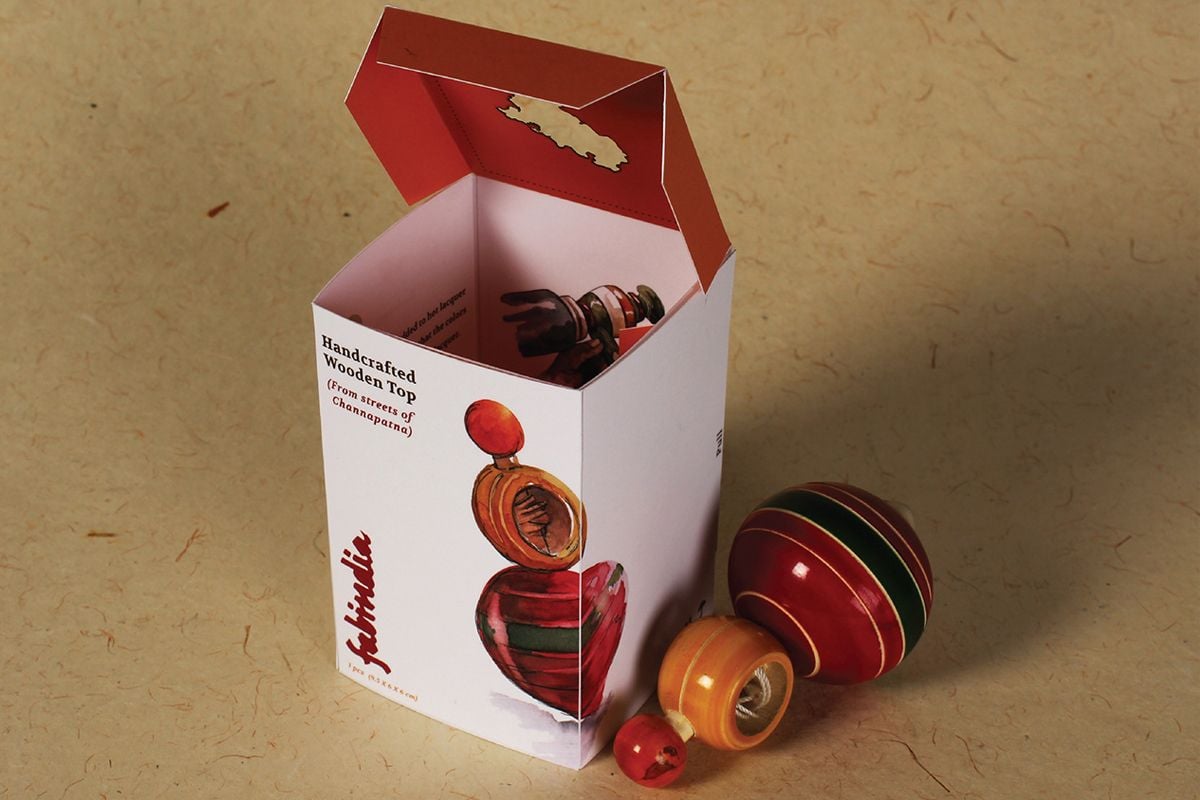
Design Should Appeal to Both Buyer and User
When designing packaging for toys, you should always keep in mind that the user and the buyer are not the same person. This means your design should be attractive to both children and adults.
The best toy packaging design is the one that invites children to play with the toy inside. But the parents also have to like it in order to buy it. So, you actually have two ideal customers to think about during the design process. Always keep that in mind.
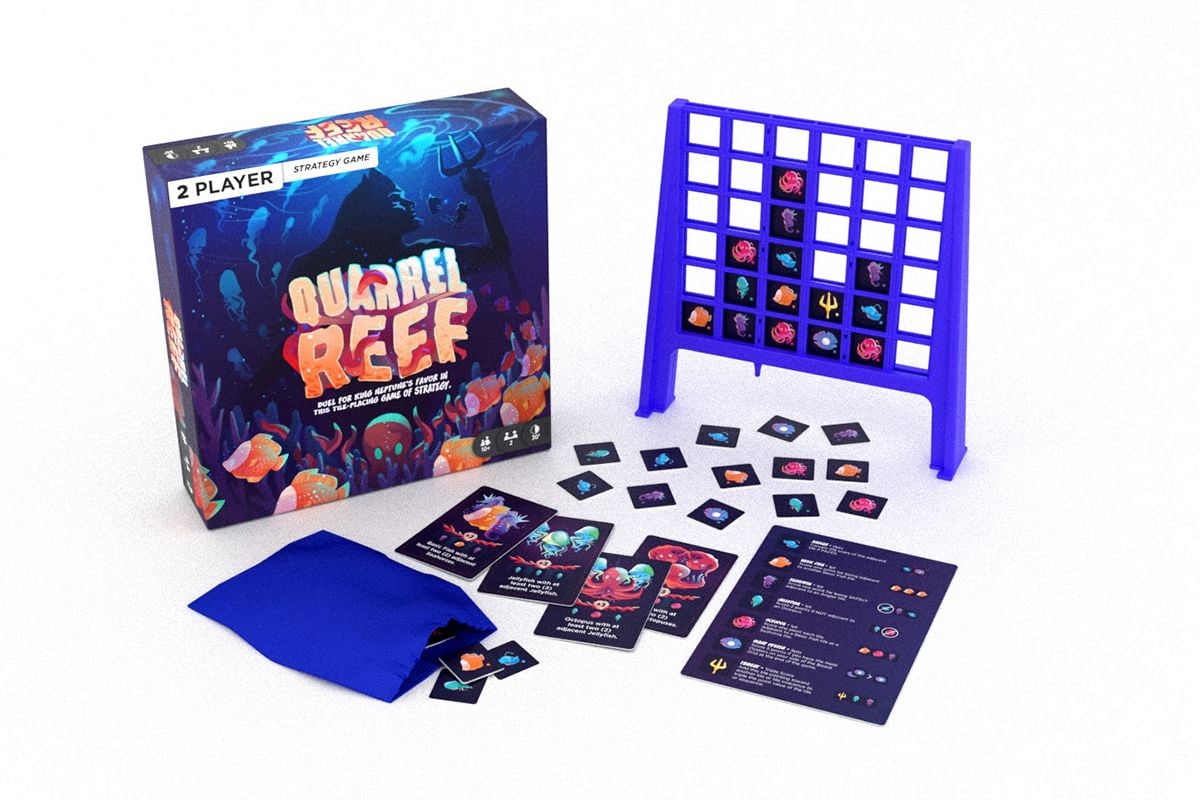
Age of the Child
This is especially important when your toy is for very young children. If you are designing for older children, there’s a bit more freedom. But, if your toy is meant to be played with by children less than 3 years old, you have to be very careful with your design. You have to make sure there are no parts of your packaging that they can hurt themselves with. You don’t want your toy or packaging to have parts that can accidentally cut, choke or suffocate the child. Yes, it sounds very serious, because it is. Parents will look if the packaging is safe. And they will avoid anything that can even potentially hurt their child.
Elements of Best Toy Packaging Design
Material
Children are not very concerned about the material you use for the packaging. They just want to get the toy inside. And potentially play with the box the toy came in. But, they only care if the packaging and the toy are fun, not about what it is made of. Unlike children, parents do care about safety and sustainability. So, avoid anything that can be a safety hazard. Paperboard and cardboard are always safe bets. They are easy to recycle and can not cause harm to children. Avoid using plastic wrapping or other materials that can be associated with suffocation risks.
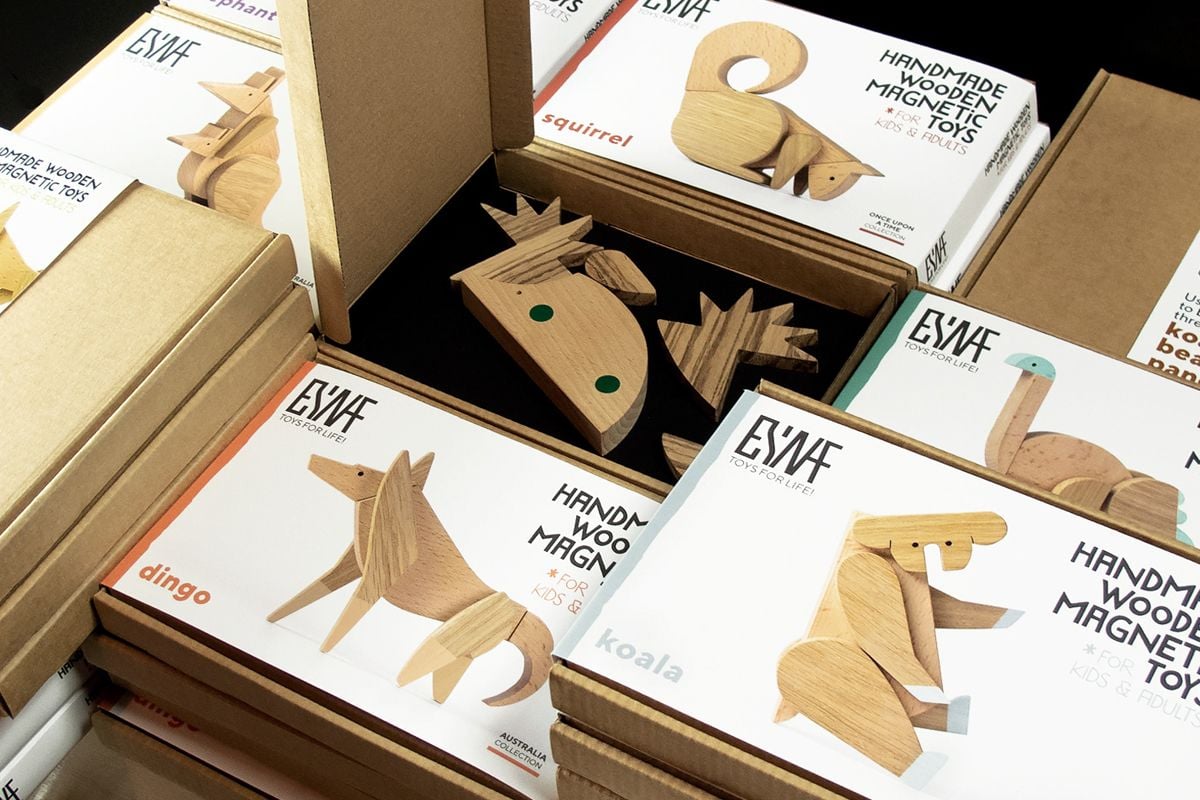
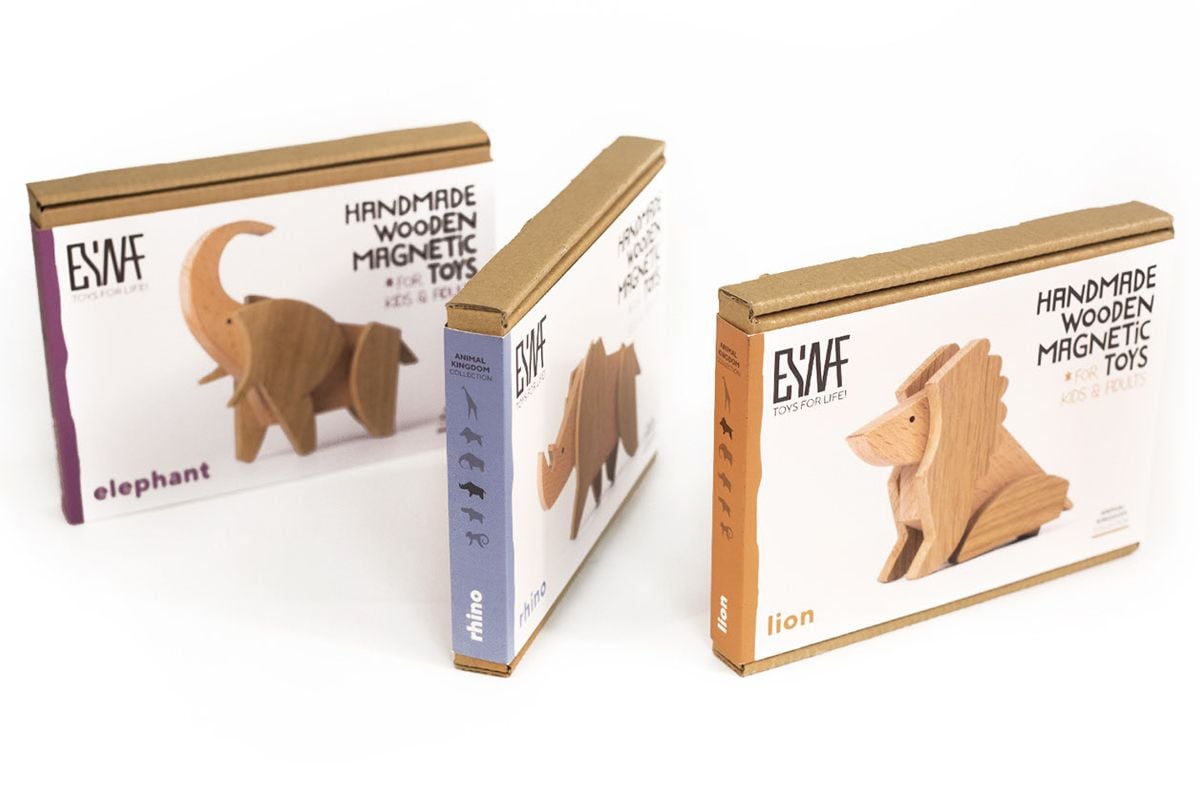
Size
Your packaging should fit the product. Parents don’t like the excessive use of packaging material. Also, children can sometimes get annoyed if the toy is not easily found inside the packaging. And parents never want to upset their children.
Also, it is great if a child can hold and carry their new toy. They just love that. Not a single child wants to part with their new prized possession on the way home from the store. Toy packaging should not have sharp edges that could hurt the child that carries it.
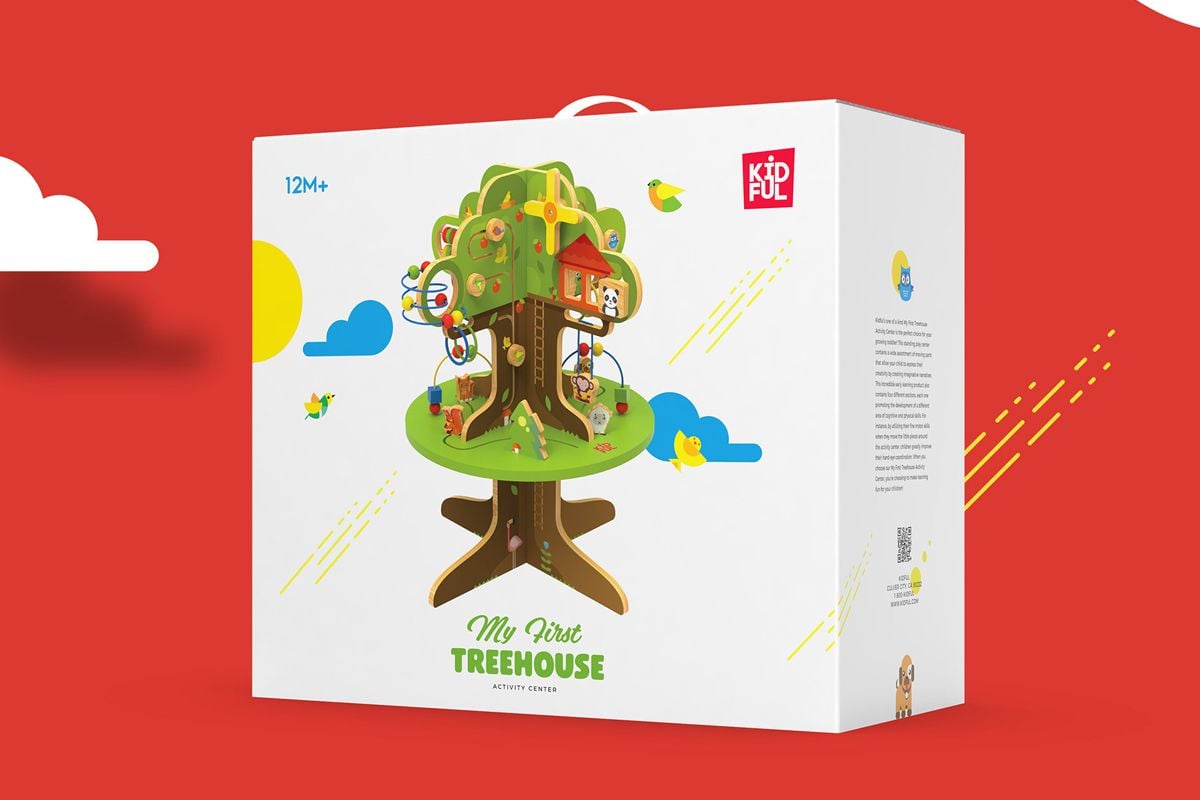
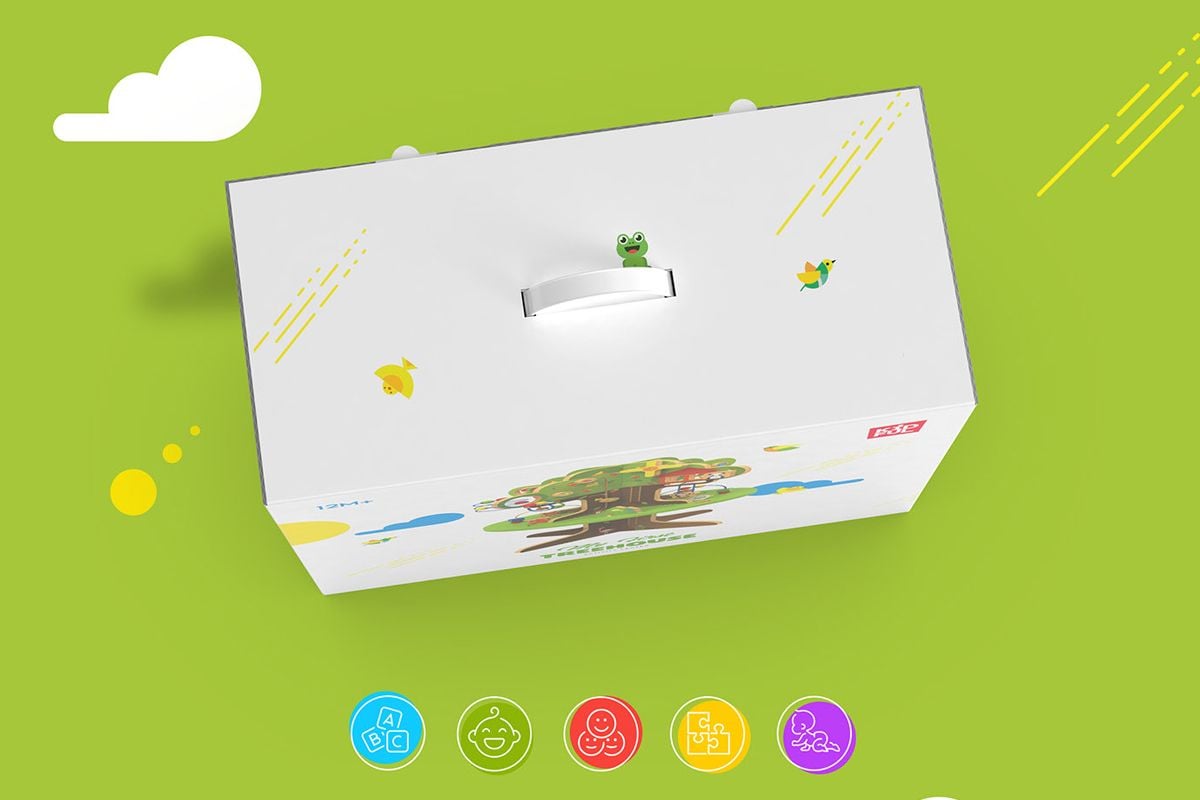
Protection
One of the most important functions of any packaging is to protect the product. And toys are sometimes very fragile. So, you have to make sure the toy is safe inside the packaging and all the parts are protected. Even if the child drops it on the way home from the store. Toys for very young children are usually designed to be hard to break. So it is about protecting the product from moisture or dust, more than anything else. But toys for older children can have parts that are easier to break, and you want to ensure that does not happen. Nobody wants to buy a toy that can easily break before it is even taken out of the box.
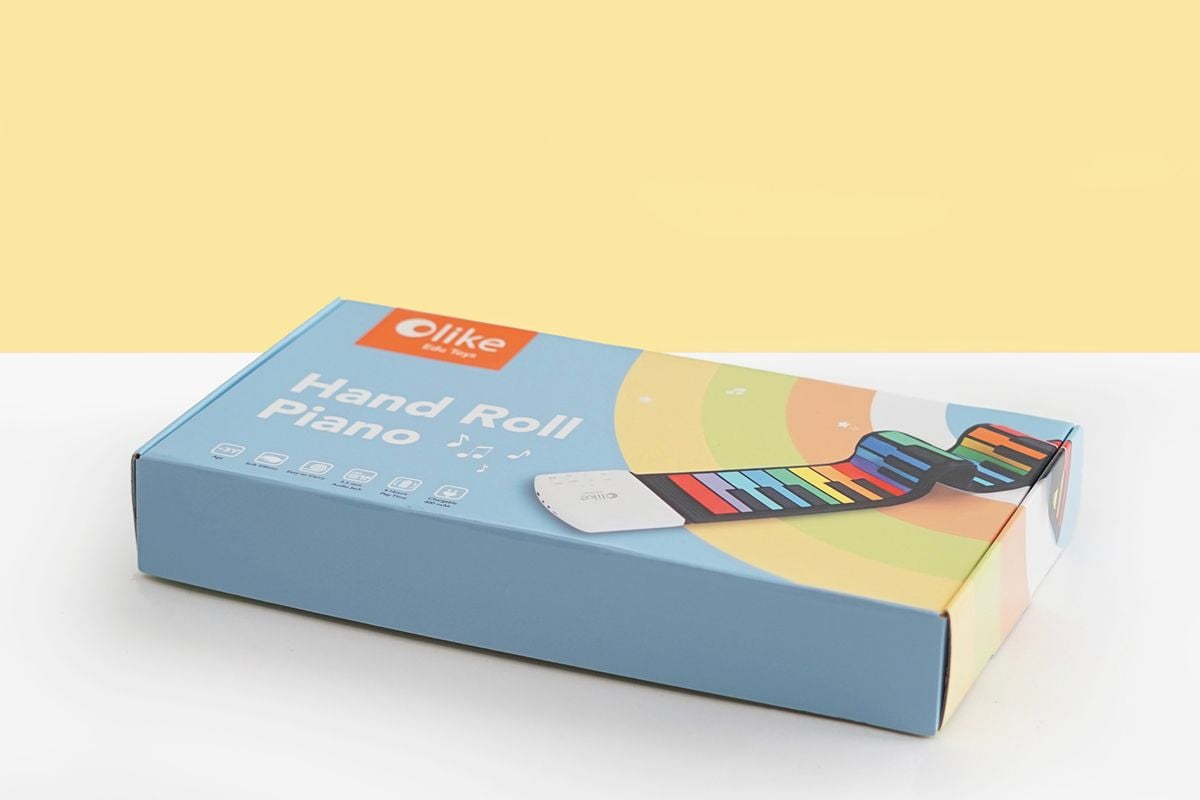
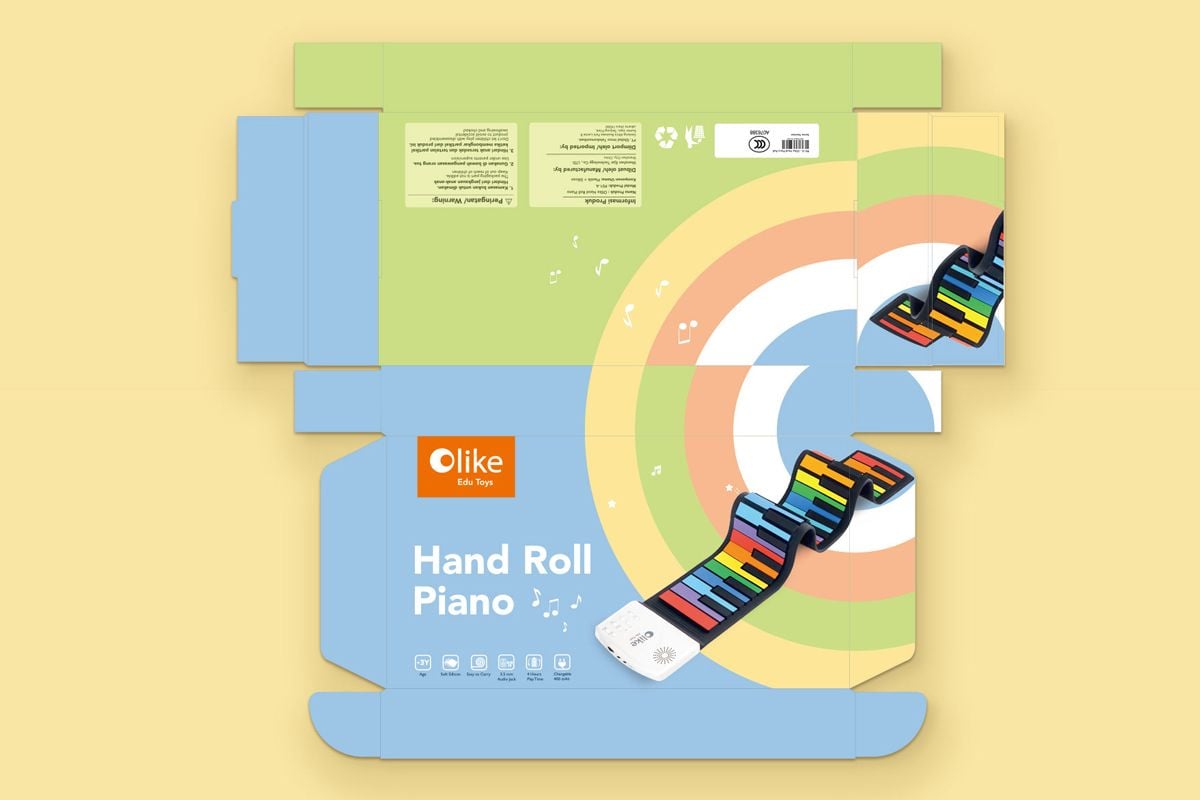
Accessibility
Children will want to get to the toy as fast as possible. So, the best toy packaging design will be easy to open. If possible, when it is appropriate, create a packaging that a child can open. They will be happy and gain confidence if they don’t need anybody’s help to get their new favourite toy out of the box. And parents will appreciate that, and remember your brand.
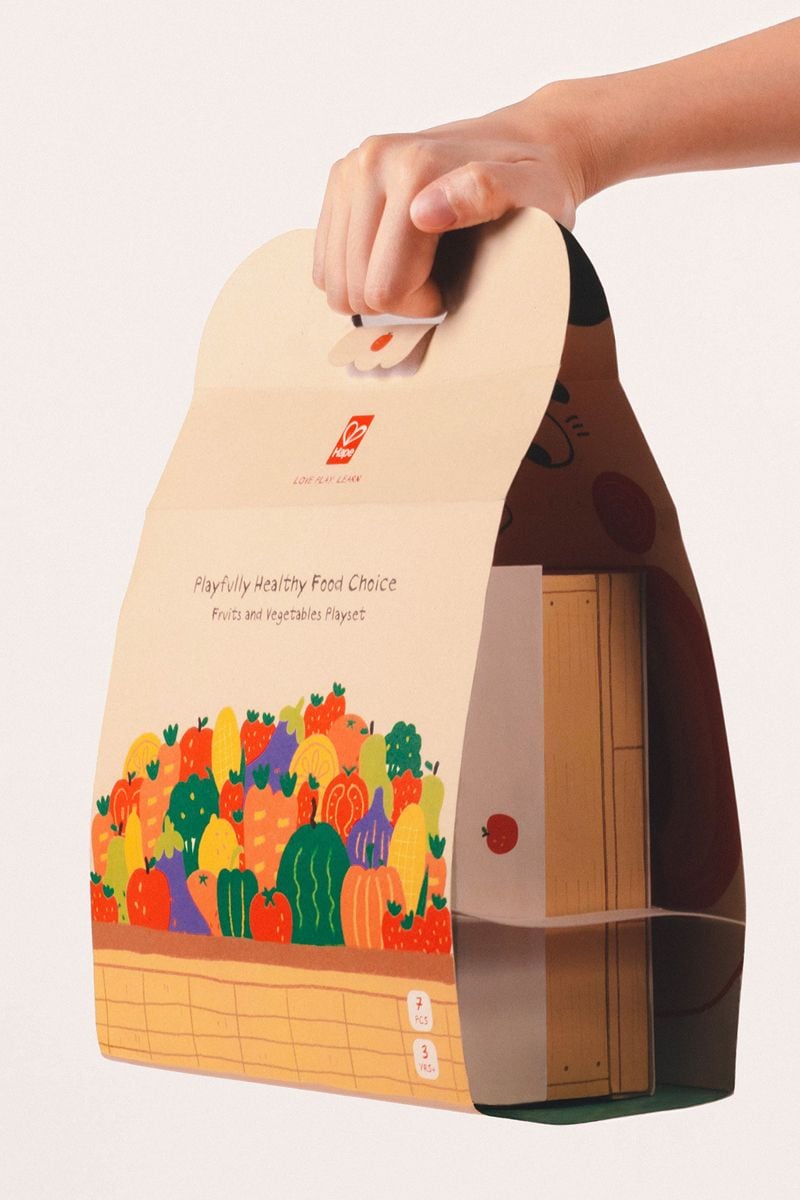
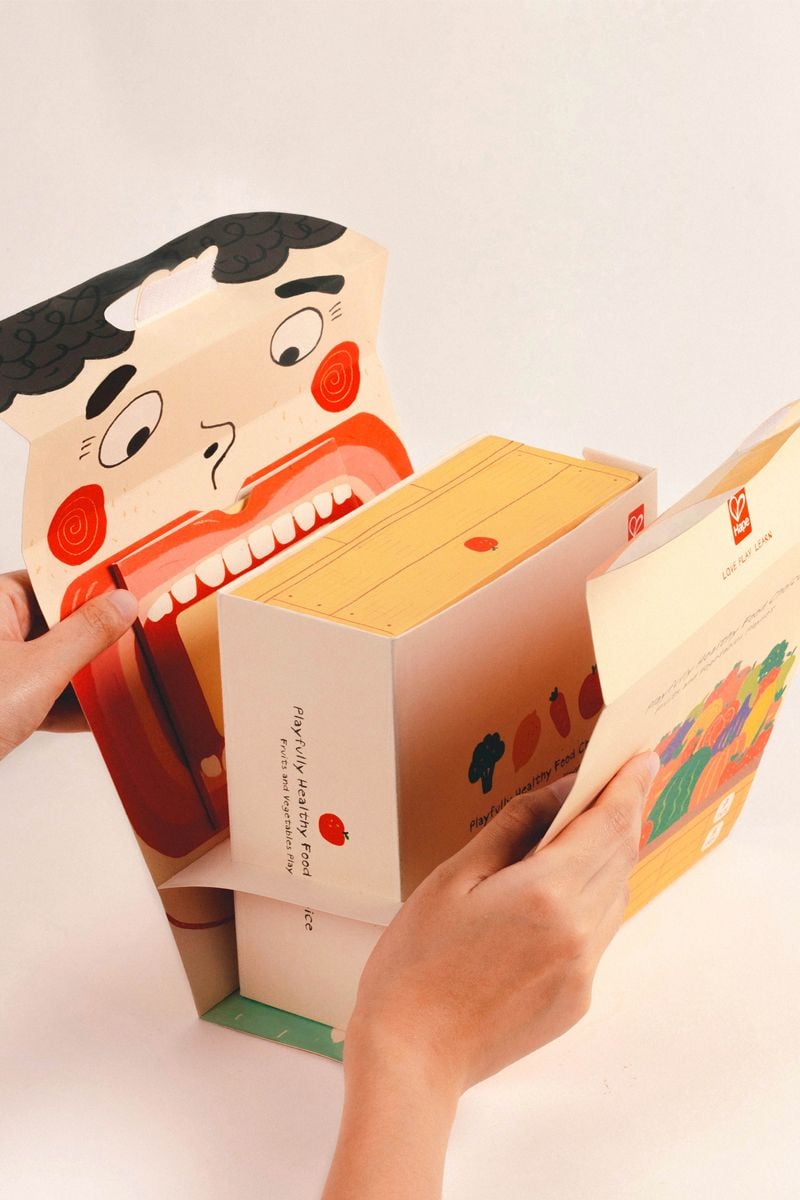
Also, if your toy has some interactive parts, make sure they are visible even when the toy is inside the packaging. Nothing is more attractive than “try me” written on the box and visible buttons to push and see if the toy is working. Children will want the toy even more, and parents can make sure everything is working as it should.
Make the Packaging Reusable
You always get extra points if the packaging is reusable. Parents love when they can use the original packaging to store the toy when children are not playing with it.
For some products, like cards or board games, packaging needs to be sturdy enough to open and close many times without damage. This is because children tend to keep the game inside the original packaging between uses. That way, they can quickly find the game they need, and they are sure that all the pieces are safely stored until they need it again. The best options for board games are two-piece boxes.
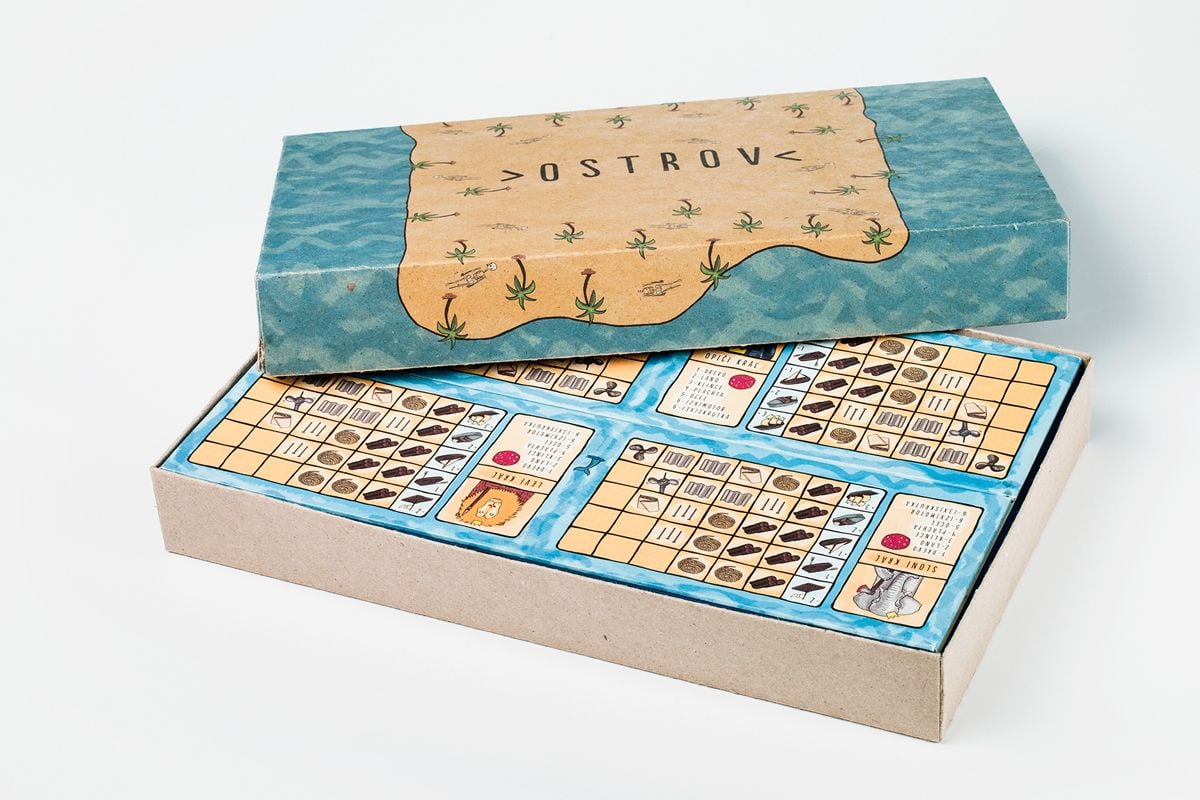
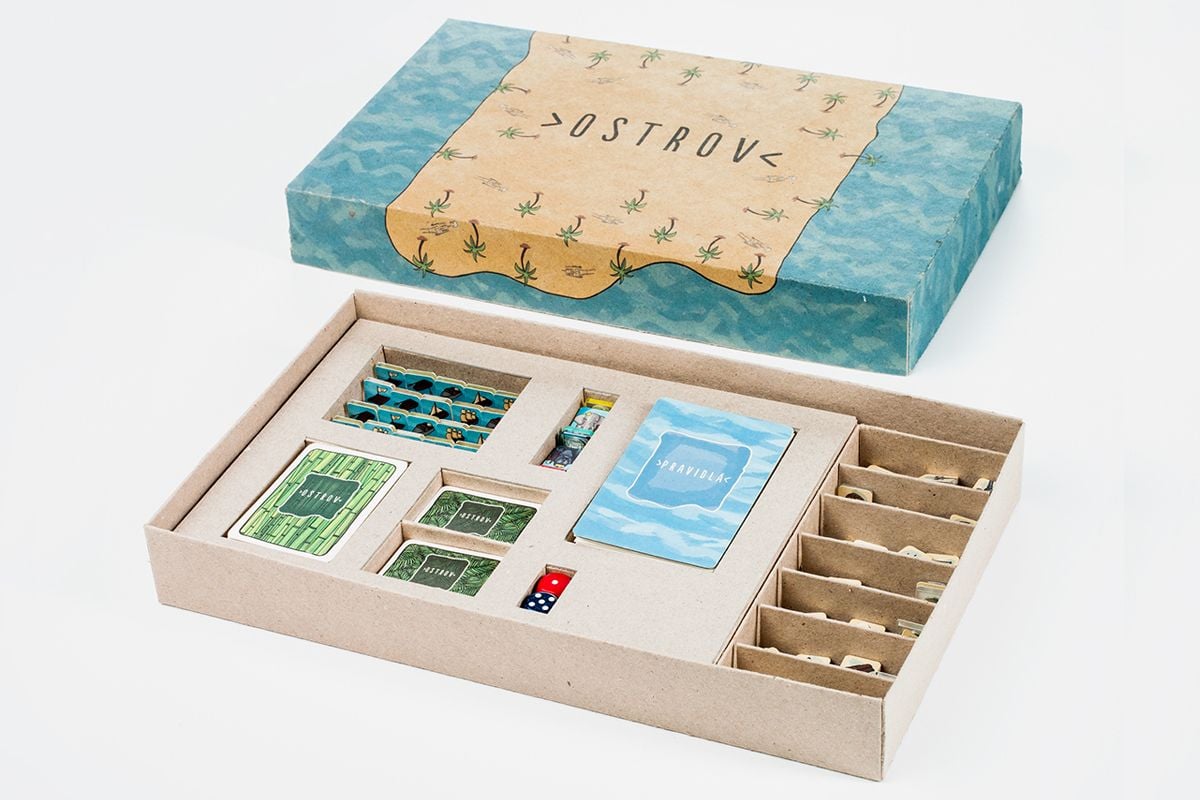
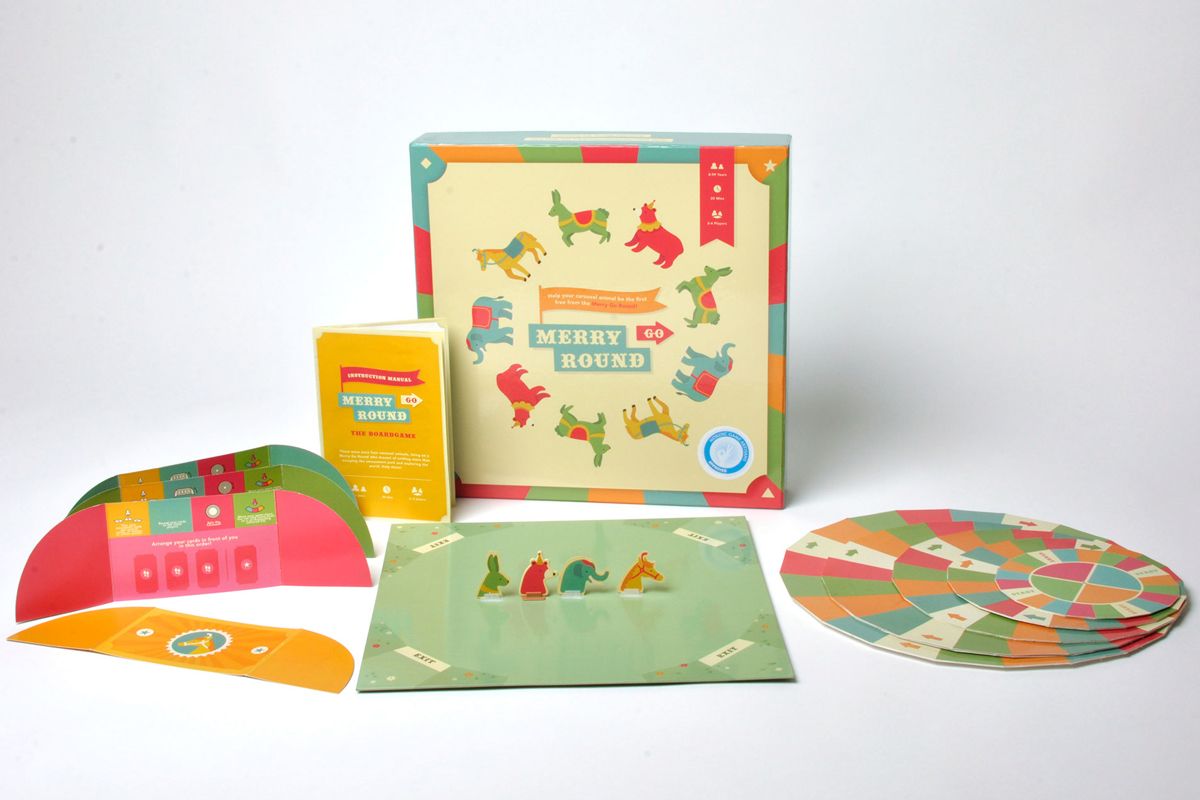
Make the Packaging Part of the Experience
Best toy packaging design ideas have implemented the packaging into the experience of playing with the toy. It can be used as a body of the toy itself, as a scenography, a dollhouse. This inspires creativity in children and makes it even more attractive to play with.
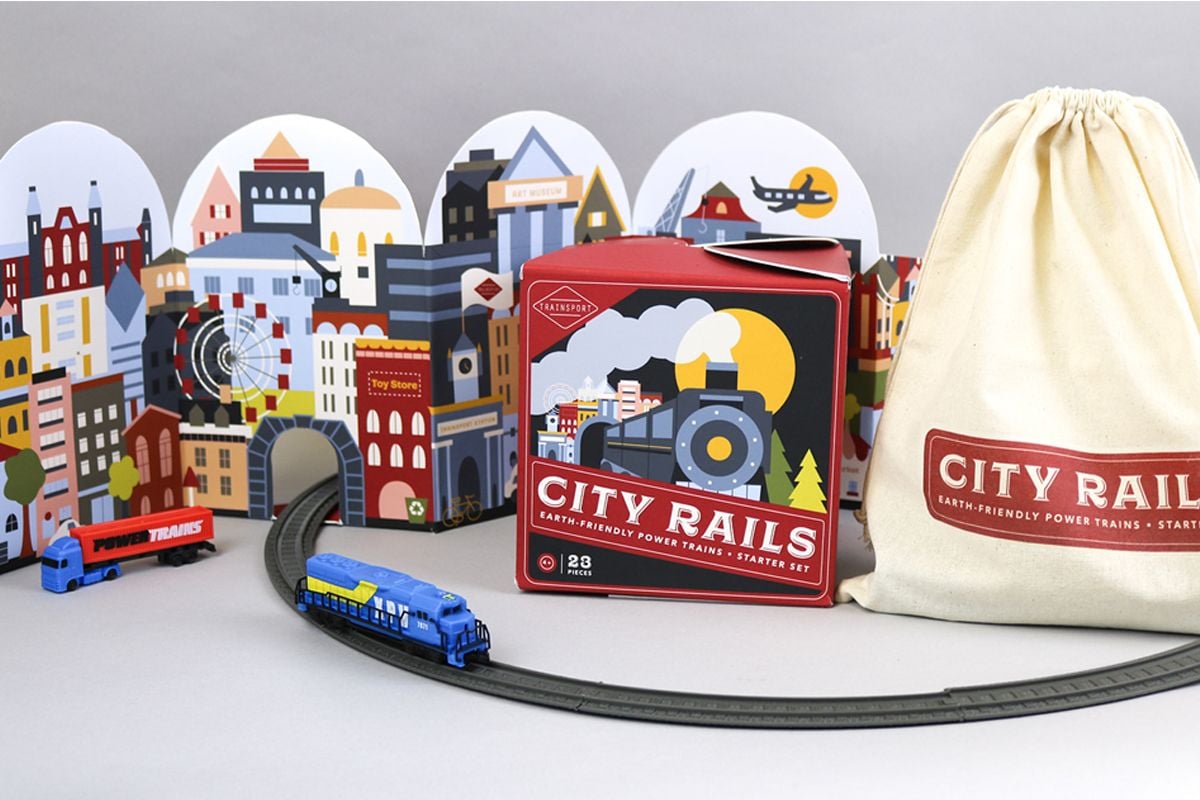
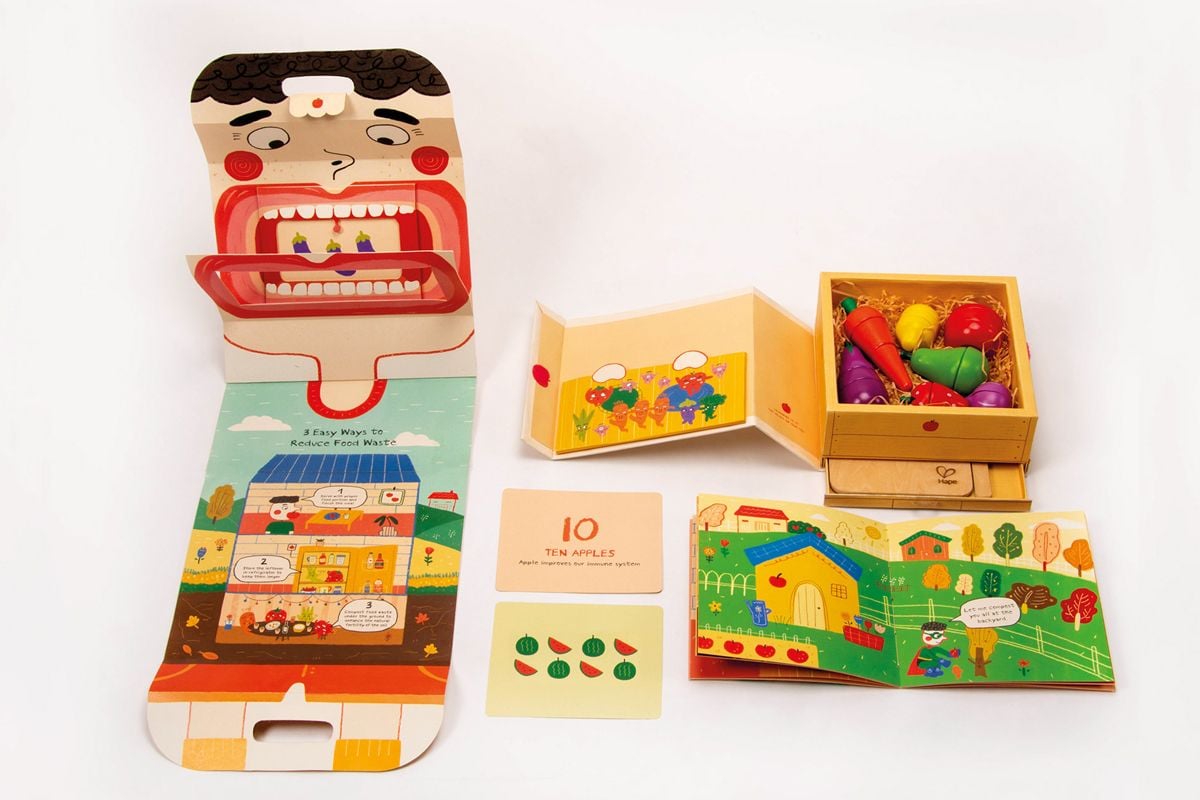
Colour and Other Visual Elements of Design
The best toy packaging design is always eye-catching. Bright colours, simple visuals that show children playing with the toy, or the toy itself, work best. Also, if there are multiple parts inside, you should have them displayed on the packaging so that parents know what they are buying. There’s no need for sophisticated design elements, as children don’t tend to care about them.
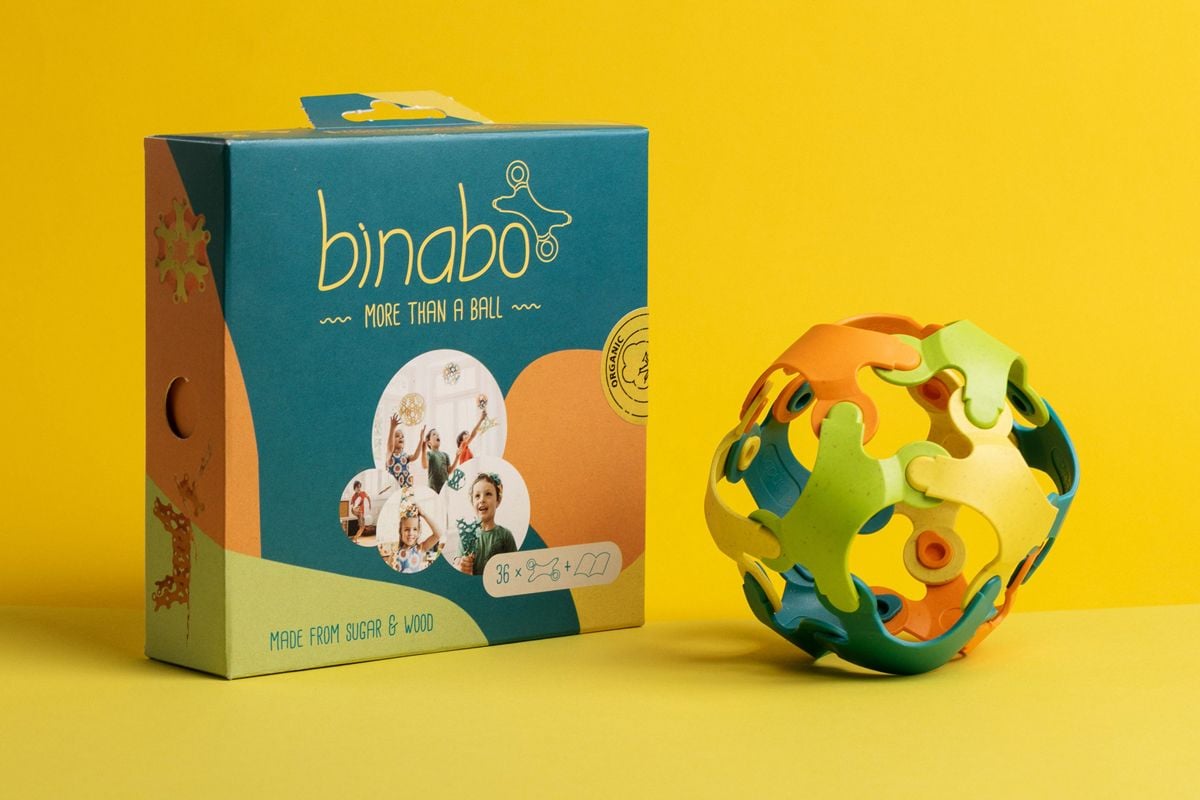
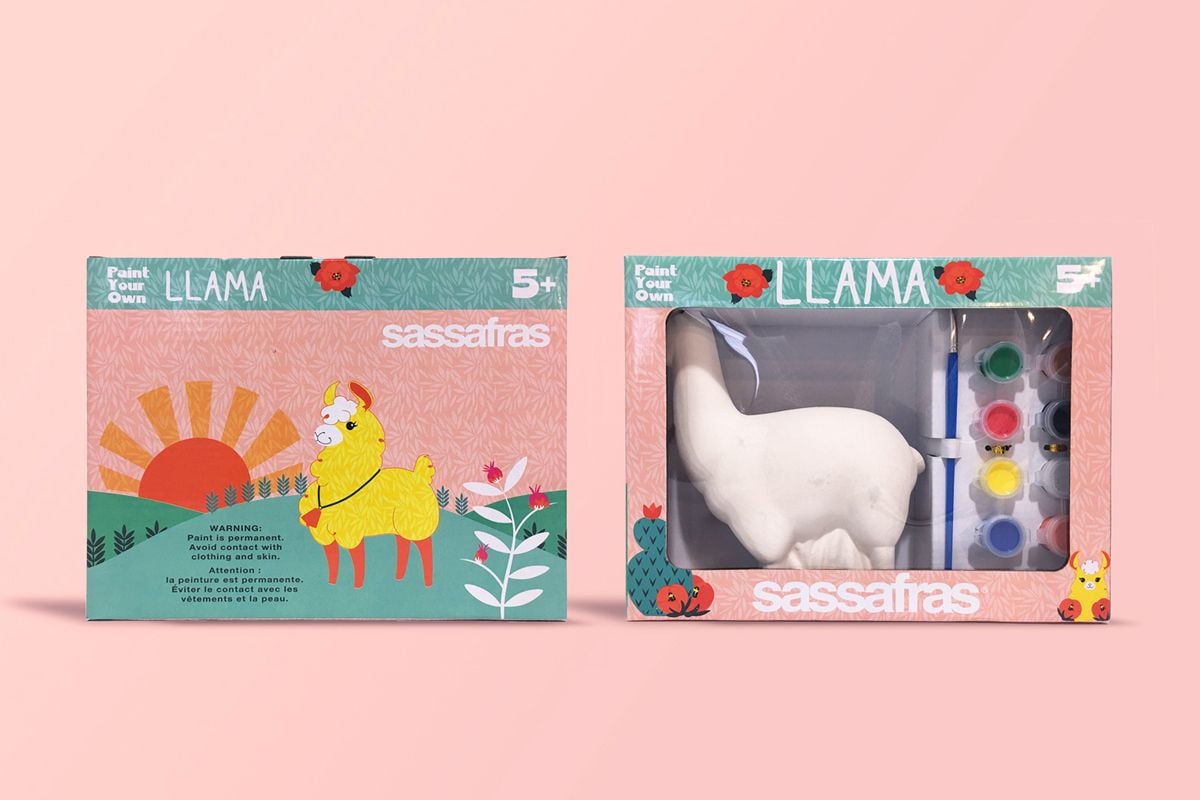
Information about the Toy
Your packaging design should attract children. But, it should also give enough information about the toy to the parents. They will want to know the age for which the toy is appropriate, what is in the box, whether it contains any small parts, whether there are any potential hazards, and whether it is fragile… They will also want to know how the toy is used, does it need batteries, and if it does, are they included. So, the user only cares about the attractiveness of the packaging, but the buyer needs additional information to make the buying decision.
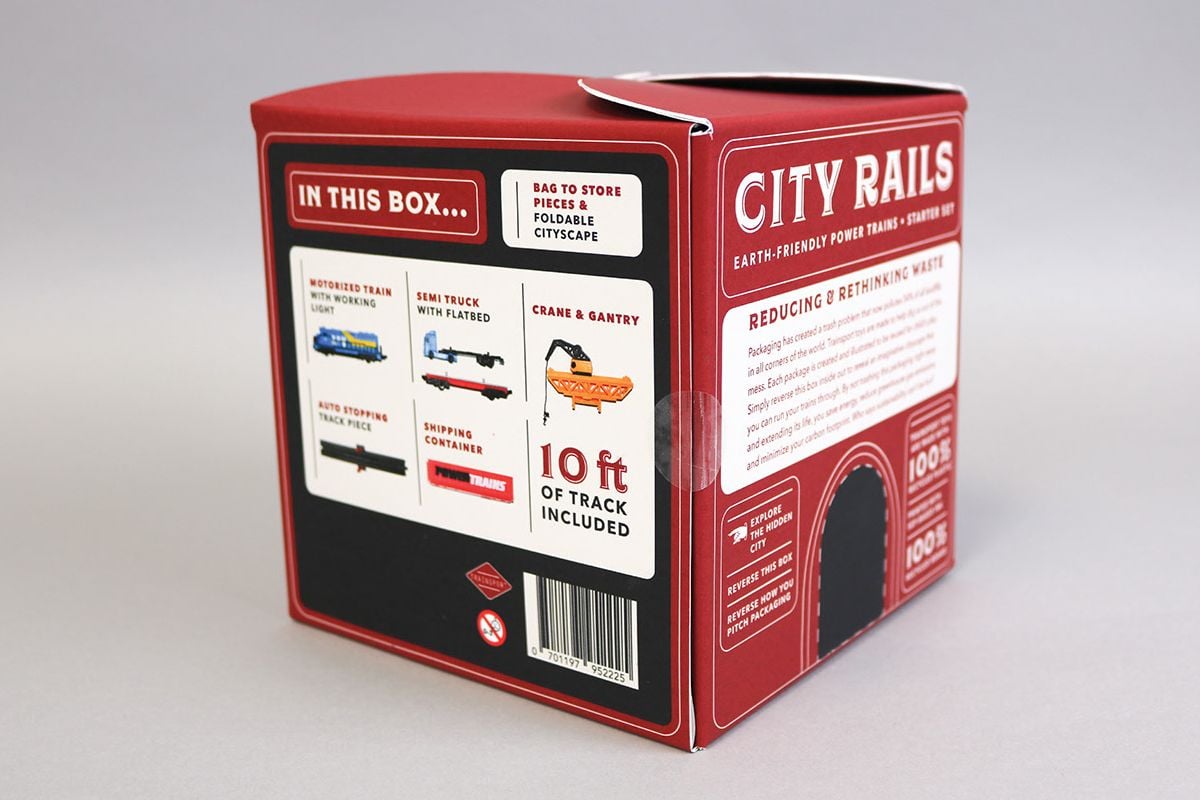
To conclude, the best toy packaging design is eye-catching, protects the product, is safe and functional, and is easy to use by children. Check custom packaging options available on our website, or contact our team of experts to discuss your toy packaging design. We are always glad to help turn your projects into reality.
